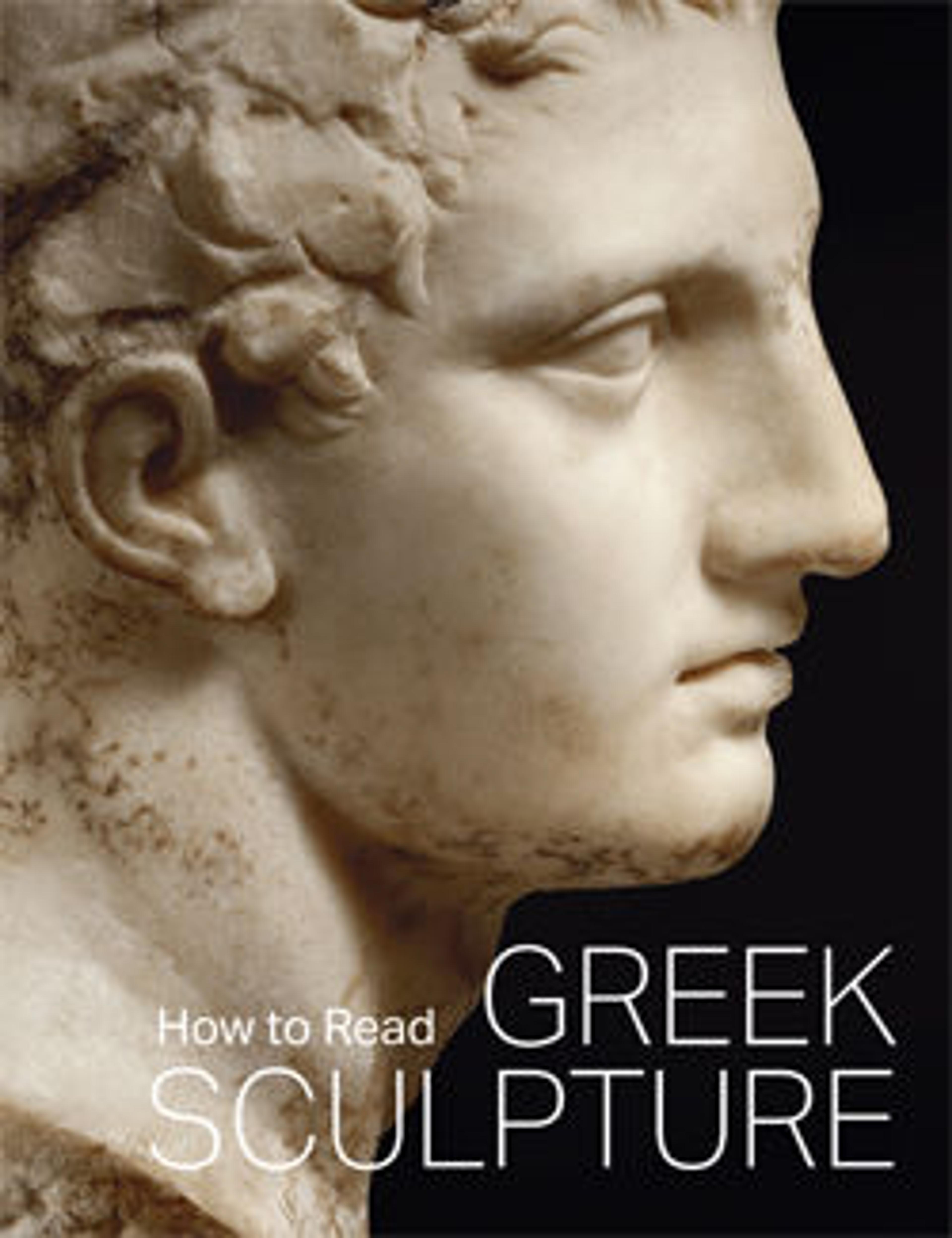Terracotta calyx-krater (mixing bowl)
Obverse, scene from a phlyax play. Reverse, three youths
The representation shows a stage structure at the far right and the characters of a phlyax play, a type of farce favored in Southern Italy. A recent interpretation characterizes the two male figures in the center as accomplices about to steal the hag's goose and kid or to defy her threats to turn them in. Written in Attic Greek, the inscriptions indicate that the farce originated in mainland Greece but do not explain the story. Formerly attributed to the Tarporley Painter, a major Apulian master, the vase is now recognized as Lucanian under Apulian influence.
The representation shows a stage structure at the far right and the characters of a phlyax play, a type of farce favored in Southern Italy. A recent interpretation characterizes the two male figures in the center as accomplices about to steal the hag's goose and kid or to defy her threats to turn them in. Written in Attic Greek, the inscriptions indicate that the farce originated in mainland Greece but do not explain the story. Formerly attributed to the Tarporley Painter, a major Apulian master, the vase is now recognized as Lucanian under Apulian influence.
Artwork Details
- Title:Terracotta calyx-krater (mixing bowl)
- Artist:Attributed to the Dolon Painter
- Period:Late Classical
- Date:ca. 400–390 BCE
- Culture:Greek, South Italian, Lucanian
- Medium:Terracotta; red-figure
- Dimensions:H. 12 1/16 in. (30.6 cm)
diameter 12 1/2 in. (31.8 cm) - Classification:Vases
- Credit Line:Fletcher Fund, 1924
- Object Number:24.97.104
- Curatorial Department: Greek and Roman Art
More Artwork
Research Resources
The Met provides unparalleled resources for research and welcomes an international community of students and scholars. The Met's Open Access API is where creators and researchers can connect to the The Met collection. Open Access data and public domain images are available for unrestricted commercial and noncommercial use without permission or fee.
To request images under copyright and other restrictions, please use this Image Request form.
Feedback
We continue to research and examine historical and cultural context for objects in The Met collection. If you have comments or questions about this object record, please contact us using the form below. The Museum looks forward to receiving your comments.
